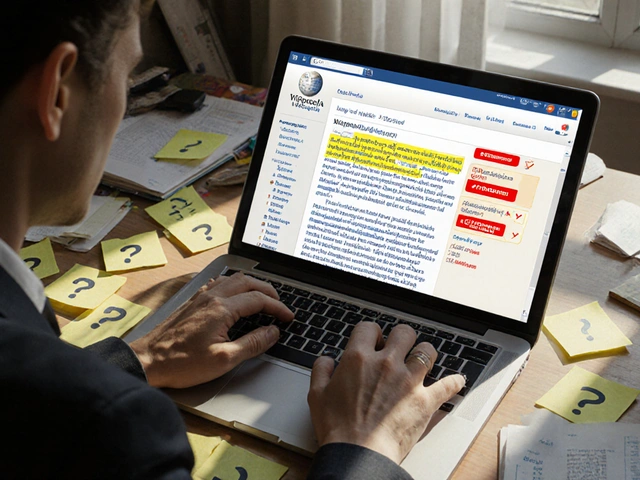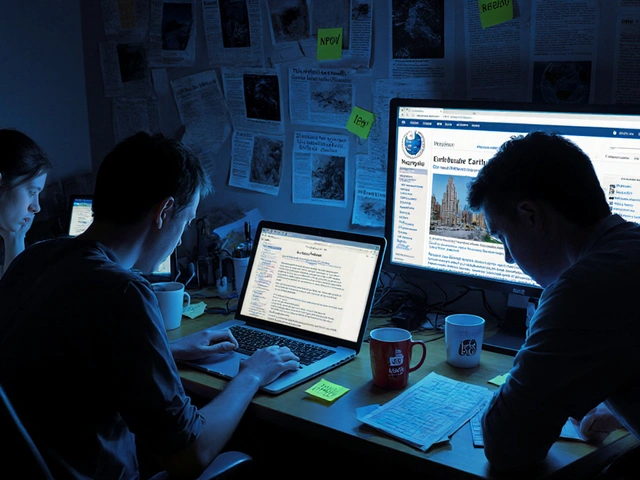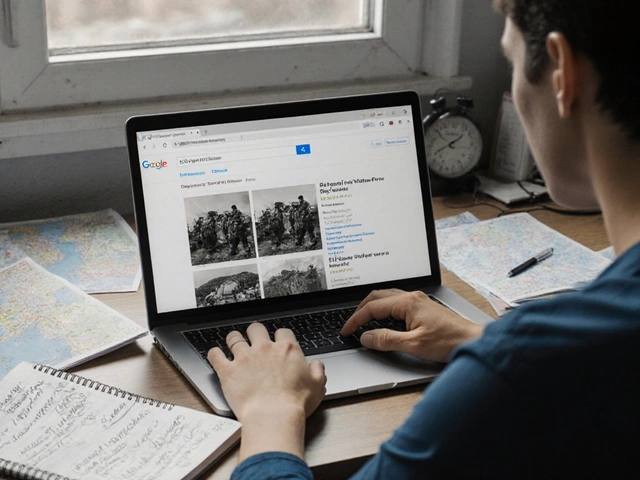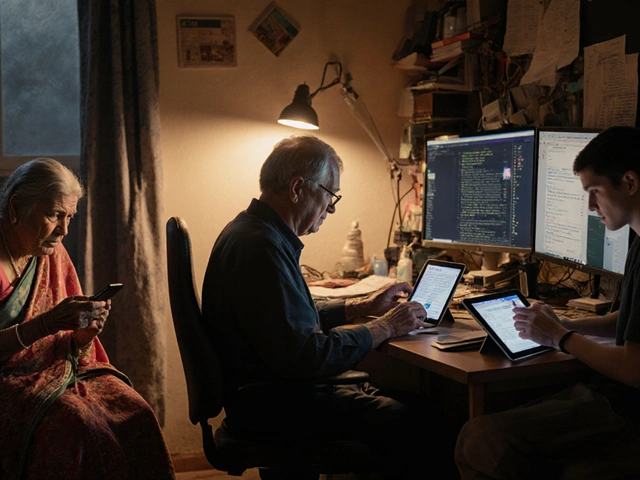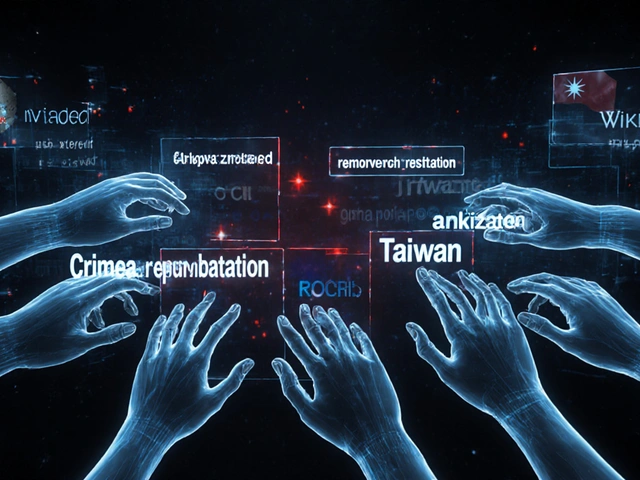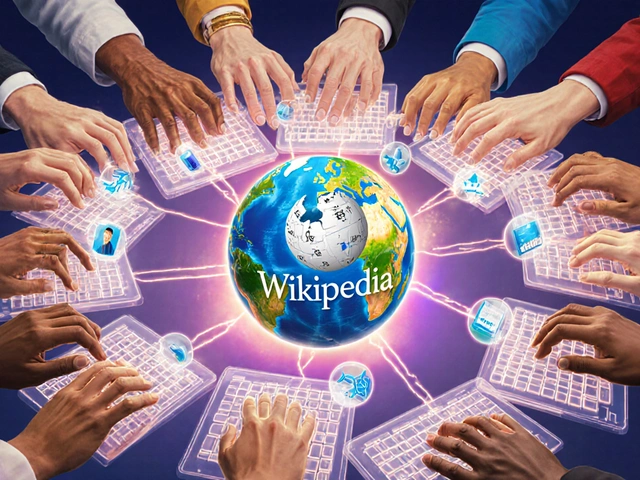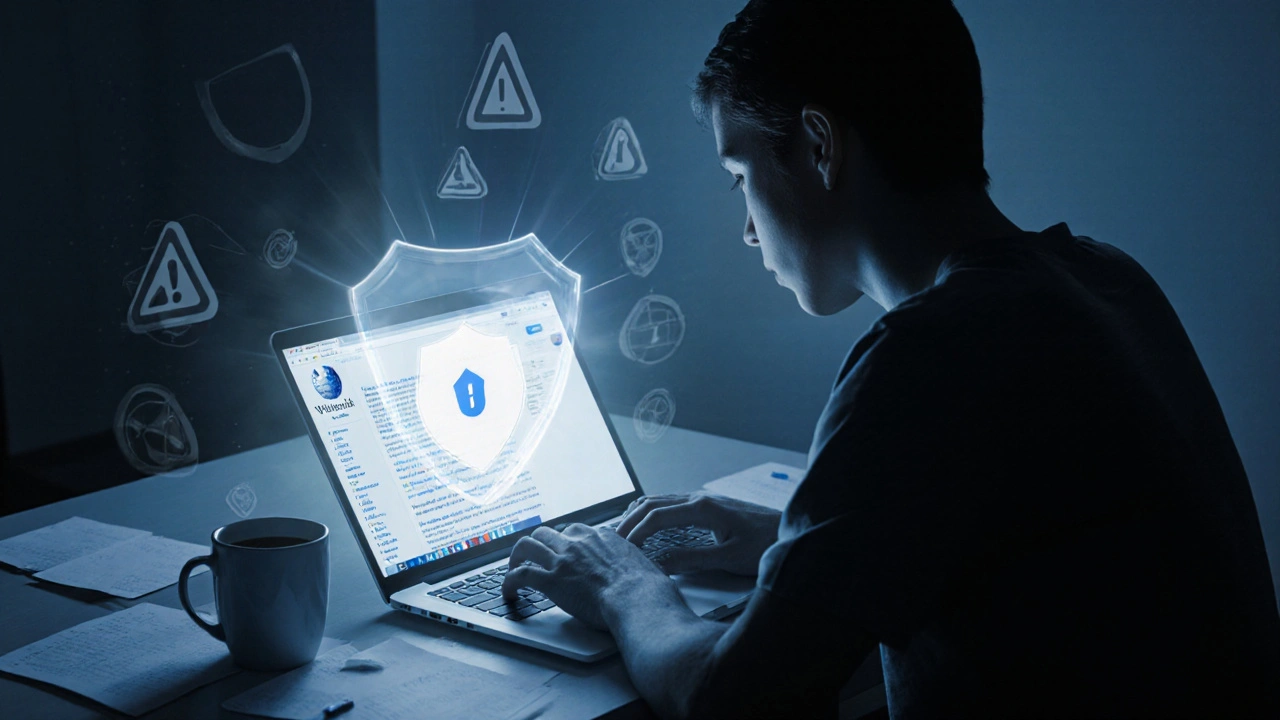
Wikipedia runs on the backs of volunteers. Over 300,000 people edit it every month-not for pay, not for fame, but because they believe in free knowledge. But behind every edit, every article, every correction, is a real person facing real danger. Harassment, doxxing, threats, and even physical intimidation have become part of the job for many Wikipedians. The Wikimedia Foundation isn’t just maintaining a website. It’s protecting the people who make it possible.
What’s at stake when Wikipedians are targeted
It’s easy to think of Wikipedia as a quiet library of facts. But edit wars aren’t just about wording. They’re about power, politics, and identity. Someone who edits articles on controversial topics-like political figures, religious movements, or historical atrocities-can quickly become a target. In 2023, a Wikipedia editor in India received death threats after correcting misinformation about a local politician. In Germany, a volunteer was doxxed after removing hate speech from a page about far-right groups. In the U.S., editors working on topics like reproductive rights or LGBTQ+ history have been tracked to their homes by activists.
These aren’t rare cases. A 2024 internal survey by the Wikimedia Foundation found that 38% of active editors had experienced online harassment severe enough to affect their editing habits. One in five said they had considered quitting because of safety concerns. And those are just the ones who responded. Many stay silent.
How the Wikimedia Foundation is stepping up
The Foundation didn’t always prioritize safety. For years, the default answer was: "Wikipedia is open. We don’t censor." But that approach failed people. In 2021, after a series of high-profile threats against editors, the Foundation launched its first dedicated Safety and Integrity team. Today, that team includes 18 full-time staff, legal advisors, trauma-informed counselors, and tech specialists-all focused on protecting editors.
They’ve built tools that didn’t exist before. One is the Editor Safety Dashboard, which lets editors anonymously report threats and track patterns. Another is the Safe Editing Mode, which hides personal details like IP addresses and editing history from non-trusted users. Editors working on sensitive topics can now request temporary anonymity, even if they’re logged in.
They’ve also partnered with local NGOs in 14 countries to provide legal aid and emergency support. If an editor in Brazil is threatened because of an article on corruption, the Foundation can connect them with a lawyer who understands local laws. If an editor in Russia fears arrest for editing pages on political dissent, they can access encrypted communication channels and safe hosting options.
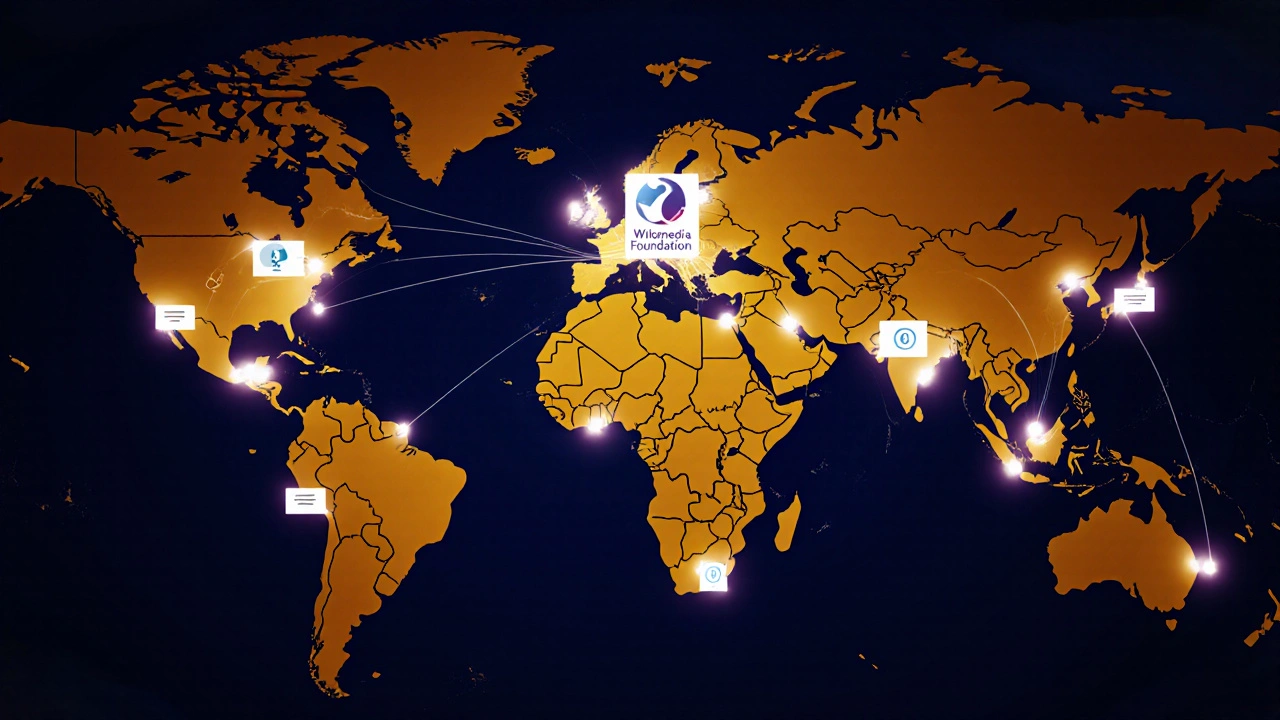
How integrity investments protect the platform
Protecting editors isn’t just about compassion-it’s about survival. Wikipedia’s credibility depends on its neutrality. But if only one side of a story feels safe to edit, the content becomes skewed. That’s why the Foundation calls safety a "core integrity investment."
When editors fear backlash, they self-censor. Articles on minority groups, contested history, or corporate misconduct become incomplete or biased. In 2022, researchers at Stanford found that articles on gender and race had 22% fewer edits from editors outside the U.S. and Western Europe-not because they didn’t care, but because they didn’t feel safe.
By investing in safety, the Foundation isn’t just shielding individuals. It’s preserving the quality and diversity of knowledge itself. A Wikipedia that only reflects the views of the loudest, least threatened voices isn’t Wikipedia anymore. It’s propaganda with a neutral name.
What’s working-and what’s still broken
Some tools have made a real difference. The anonymous editing option reduced threats against new editors by 41% in pilot regions. The Safe Editing Mode cut harassment reports by 58% among users who enabled it. The Foundation’s response time to verified threats has dropped from 72 hours to under 8 hours.
But gaps remain. Editors in low-income countries still lack access to legal support. Many don’t know these tools exist. The Foundation’s resources are mostly in English. A volunteer in Nigeria or Indonesia might not find help in their language. And while the Foundation can shield editors from public exposure, it can’t stop coordinated disinformation campaigns that flood edit histories with false reports to get editors banned.
There’s also no system to protect editors who are targeted by their own communities. A long-time editor in Egypt was blocked by fellow volunteers after reporting abuse from a powerful group. The community voted to silence them, not the abuser. The Foundation stepped in-but only after months of pressure.

How you can help protect Wikipedians
You don’t need to be an editor to help. If you use Wikipedia, you’re part of its ecosystem. Here’s how you can make it safer:
- Report harassment. If you see threats, doxxing, or coordinated attacks on an editor’s talk page or user profile, report it using the "Report Abuse" button on any Wikipedia page.
- Don’t amplify abuse. Don’t share screenshots of private threats or personal details-even if you think you’re "exposing" someone. That’s how doxxing spreads.
- Support editors. Leave constructive comments. Thank people for their work. A simple "thanks for the edit" can counterbalance years of hostility.
- Donate to the Wikimedia Foundation. Safety tools cost money. Every dollar goes toward legal aid, tech development, and global support networks.
- Advocate. Talk about Wikipedia’s human cost. Most people think it’s just a website. It’s not. It’s a global community under pressure.
The future of safe knowledge
Wikipedia’s model-open, volunteer-driven, community-moderated-is unique. No other knowledge platform has scaled this way. But it’s fragile. The same openness that lets anyone contribute also lets anyone attack.
The Foundation’s next goal: make safety the default, not the exception. By 2027, they aim to have 100% of editors in high-risk regions covered by local support networks. They’re building AI tools to detect harassment patterns before they escalate. And they’re pushing for legal recognition of Wikipedia editors as essential knowledge workers in countries where they’re currently unprotected.
This isn’t about making Wikipedia perfect. It’s about making it human. A platform where knowledge can be shared without fear. Where truth doesn’t come at the cost of safety. That’s the real integrity investment.
Are Wikipedia editors paid for their work?
No, Wikipedia editors are volunteers. They contribute their time and expertise without pay. The Wikimedia Foundation supports them with tools, legal aid, and safety protections-but does not compensate them financially for edits or contributions.
Can I remain anonymous while editing Wikipedia?
Yes. You can edit without creating an account, and your IP address is hidden from most users. Editors working on sensitive topics can also request Safe Editing Mode, which masks their identity even when logged in. The Foundation actively works to protect editor anonymity, especially in high-risk regions.
What should I do if I’m being harassed on Wikipedia?
Use the "Report Abuse" button on any Wikipedia page to alert the Foundation’s Safety team. Save screenshots of threats, doxxing, or targeted attacks. Do not respond to harassers. The Foundation has legal teams and trauma specialists ready to help, even if you’re not in the U.S. or Europe.
Does Wikipedia remove articles to protect editors?
No. Wikipedia doesn’t remove articles to protect editors. Instead, it protects the editors themselves through anonymity tools, legal support, and harassment prevention systems. Content is only removed if it violates policies like copyright, defamation, or vandalism-not because someone is being threatened.
How can I support Wikipedia’s safety efforts?
You can donate to the Wikimedia Foundation, report harassment when you see it, avoid sharing personal details of editors, and speak up about the human cost of maintaining free knowledge. Even a simple thank-you to an editor can make a difference.
